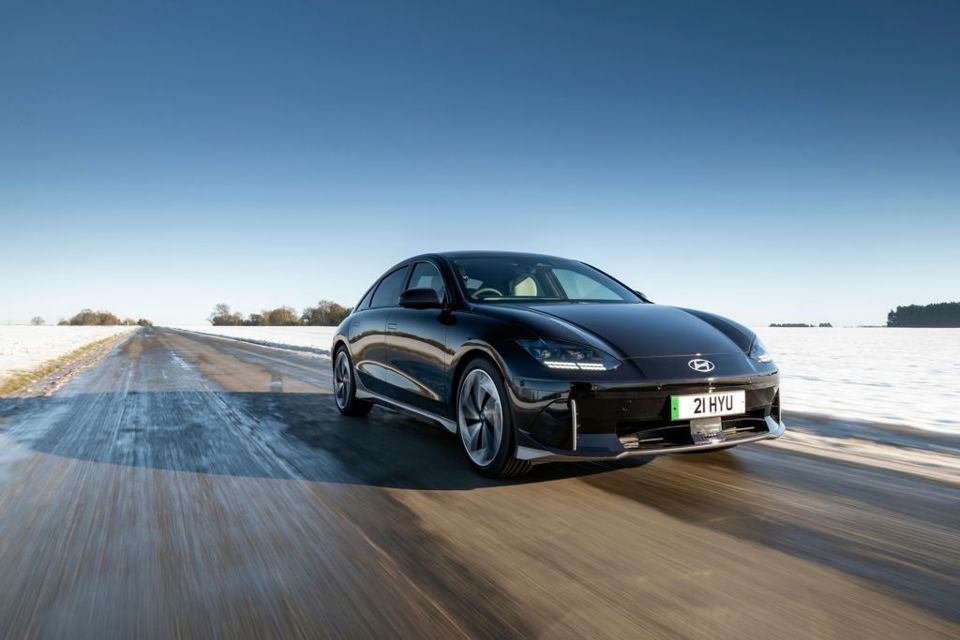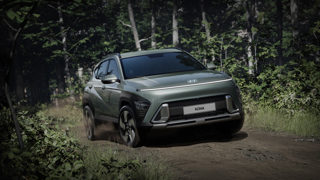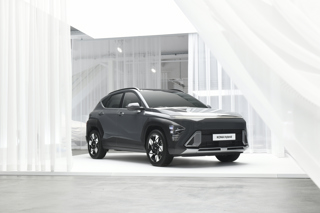Hyundai is looking to follow up the success of its Ioniq 5 by targeting conquest sales from traditional premium brands with its new Ioniq 6 fully-electric saloon.
The car, which launched earlier this year, is being positioned to appeal to user-chooser drivers who are in the market for a Tesla Model 3 or a BMW i4, seeking a long range and an engaging drive.
Tim White, head of fleet at Hyundai Motor UK, said: “The Ioniq 6 has certainly been causing a stir since it went on sale a few months ago.
“Just as Ioniq 5 did, we are hoping it will attract more new customers to the brand who previously may not have considered Hyundai, especially from drivers that may have previously chosen a more traditionally-perceived premium brand.”
The brand is strategically positioning Ioniq 6 with the corporate end-user side of its business as this segment continues to be its core focus.
“The launch of Ioniq 6 has kept the team busy, with fleets looking to either offer the car at a higher car policy grade to Ioniq 5 while others have placed it parallel to the car,” said White.
 To come later in the year is the new Kona Electric. To prepare for this, Hyundai has operated with minimal volume of the existing Kona Electric, which means it has focused on positioning both Tucson PHEV for fleet drivers not yet ready for a full EV and ensuring Ioniq 5 maintains a competitive position.
To come later in the year is the new Kona Electric. To prepare for this, Hyundai has operated with minimal volume of the existing Kona Electric, which means it has focused on positioning both Tucson PHEV for fleet drivers not yet ready for a full EV and ensuring Ioniq 5 maintains a competitive position.
The brand is also focused on growing true fleet volume in the salary sacrifice and public sector channel. “We believe this growth is more sustainable,” said White.
Year-to-date, Hyundai’s fleet performance has been solid, he added, particularly in the true fleet channel. Registrations are up more than 2,000 units (33%) year-on-year, with a market share of 4.3%.
Lead times are reducing significantly with availability down to five to nine months, barring the exceptions of a couple of specific trim and powertrain combinations. In some scenarios, vehicles can be available much sooner.
Hyundai has also recently carried out a benchmarking exercise with fleets, using wholelife cost data and customer policy grade information to ensure it positions the right vehicles to the right grades.
“We’ve clearly seen some turbulence with residual values,” said White. “We’ve also been maximising our RV strength with the guides and leasing companies, as well as supporting with additional fleet terms where needed.
“The market continues to evolve at a fast pace so we are always looking at how best we can support sales and aftersales in fleet.
“We are currently reviewing how we support our retailer network with EV sales to the SME/B2B market as well as how we adapt our marketing and communication to the smaller fleets who have yet to move to electric, ensuring we give the best advice and customer experience.”






















Login to comment
Comments
No comments have been made yet.